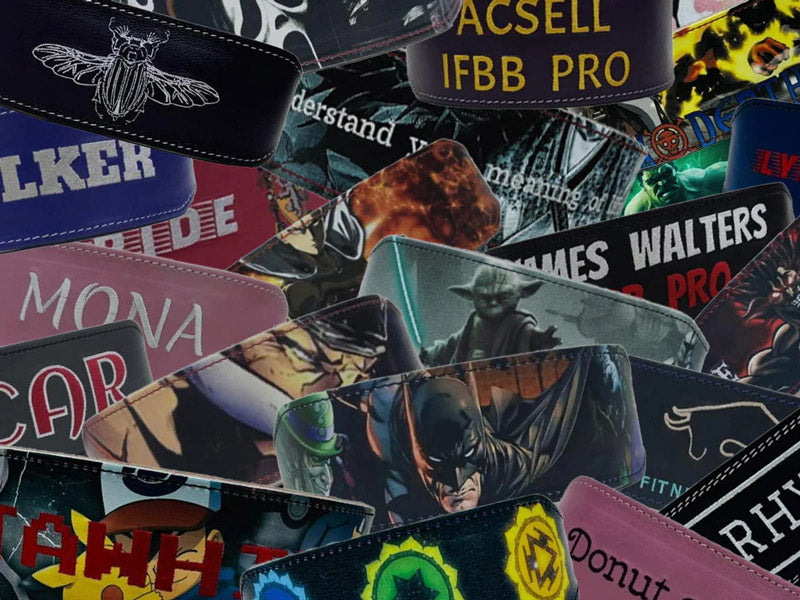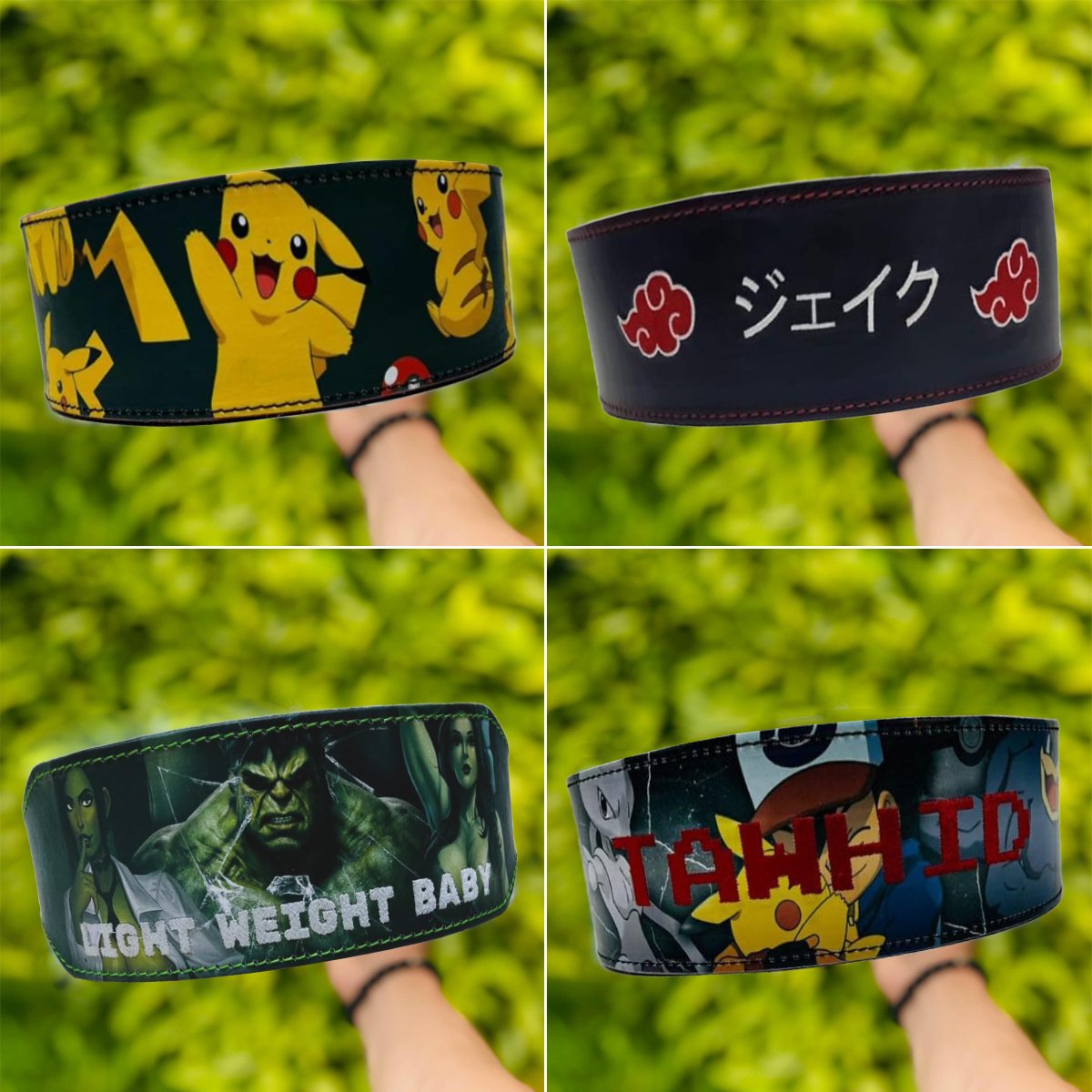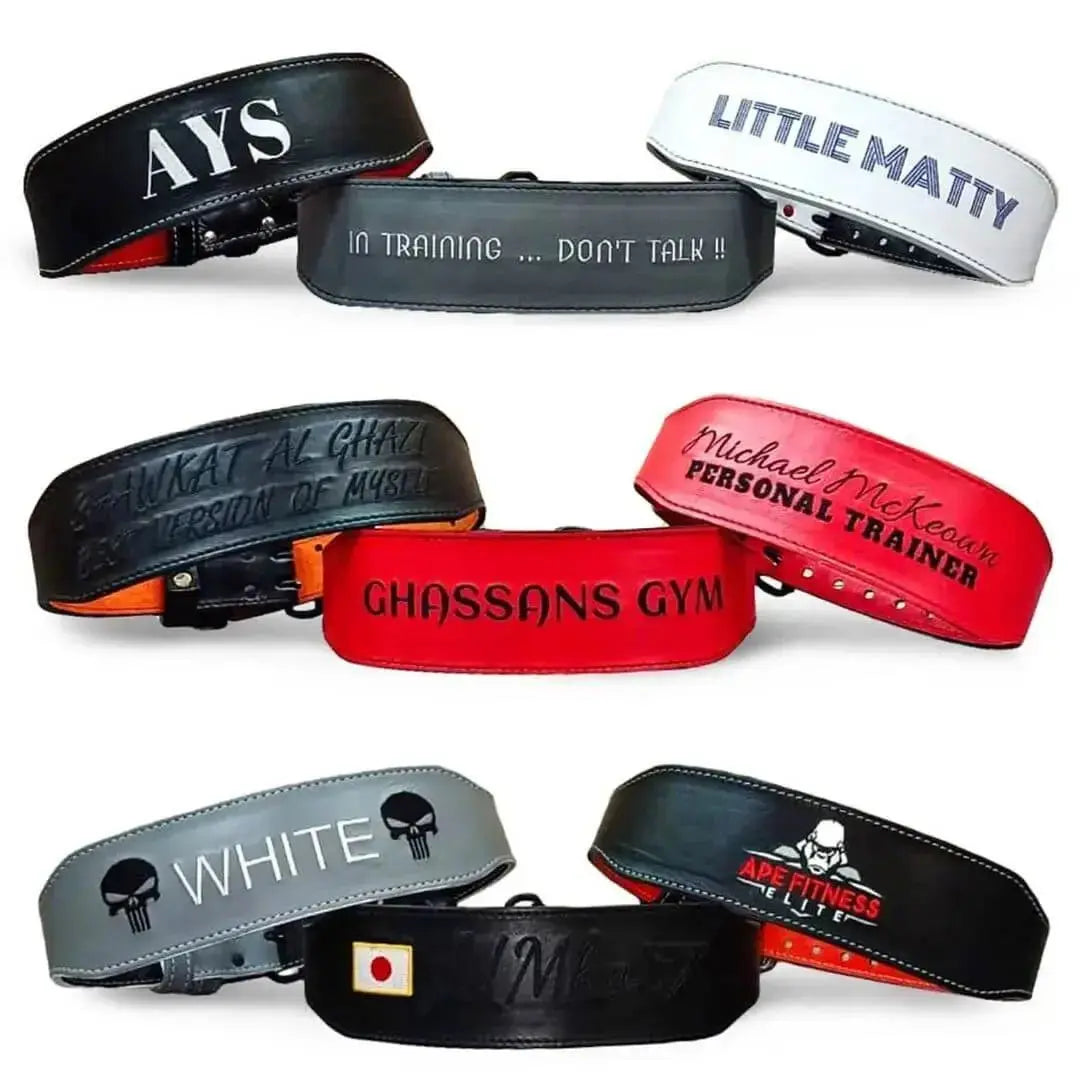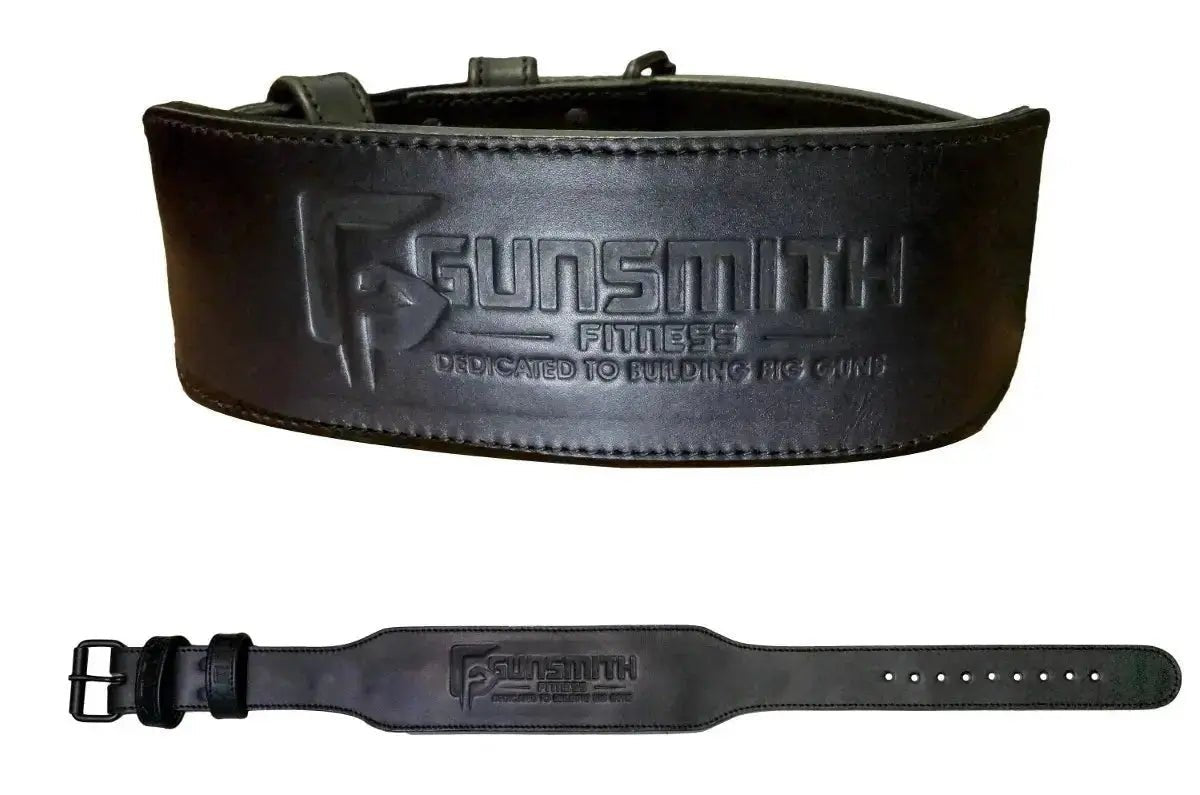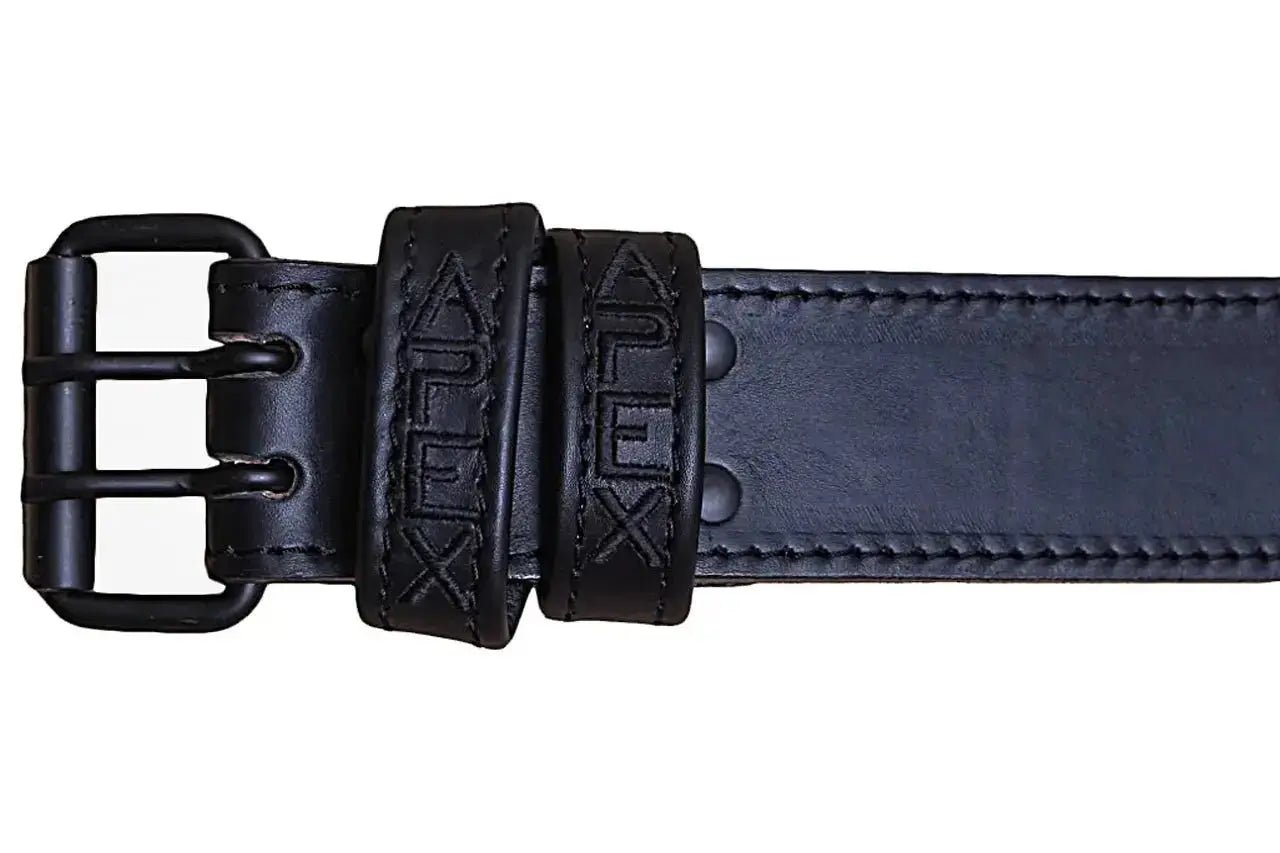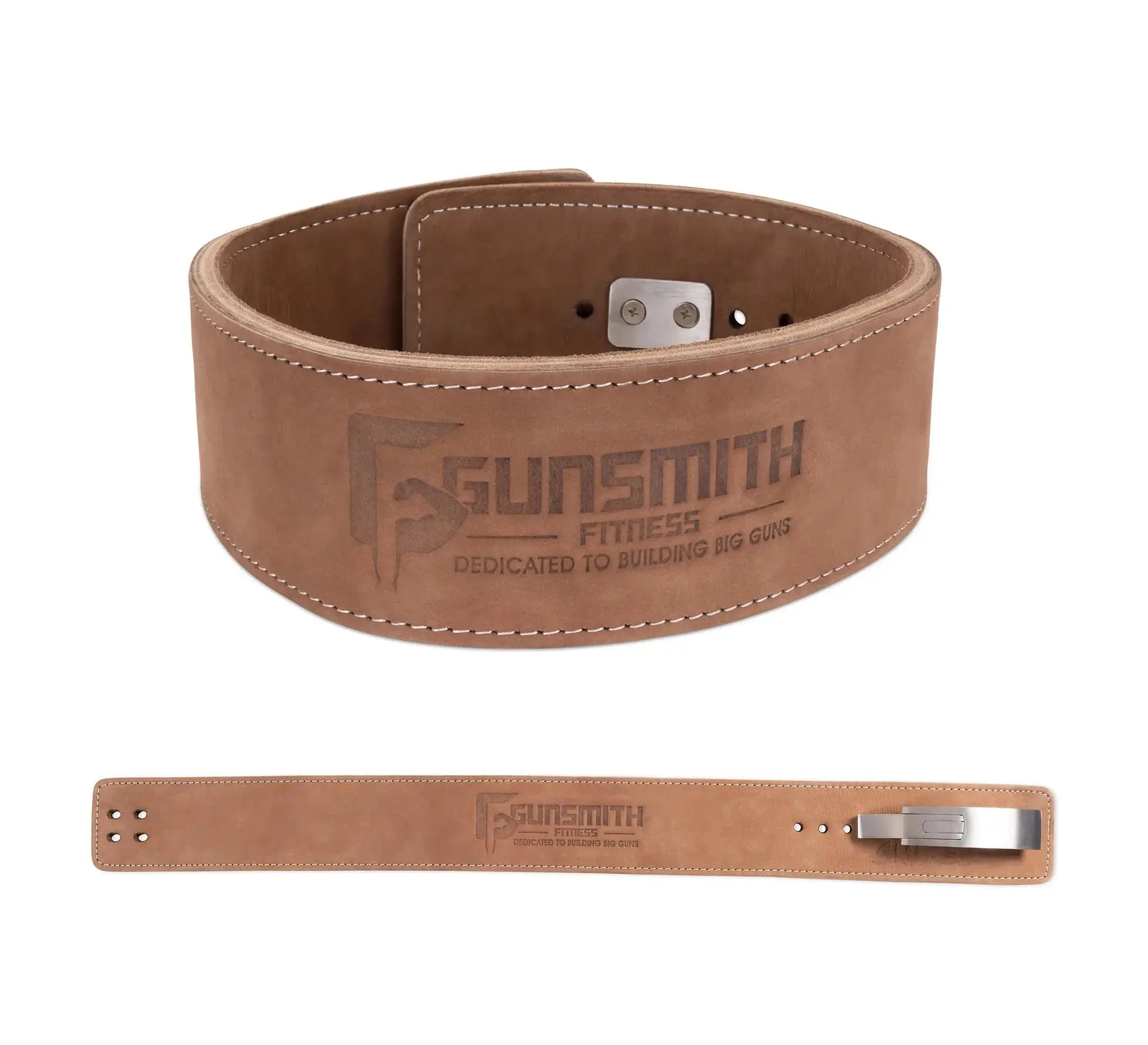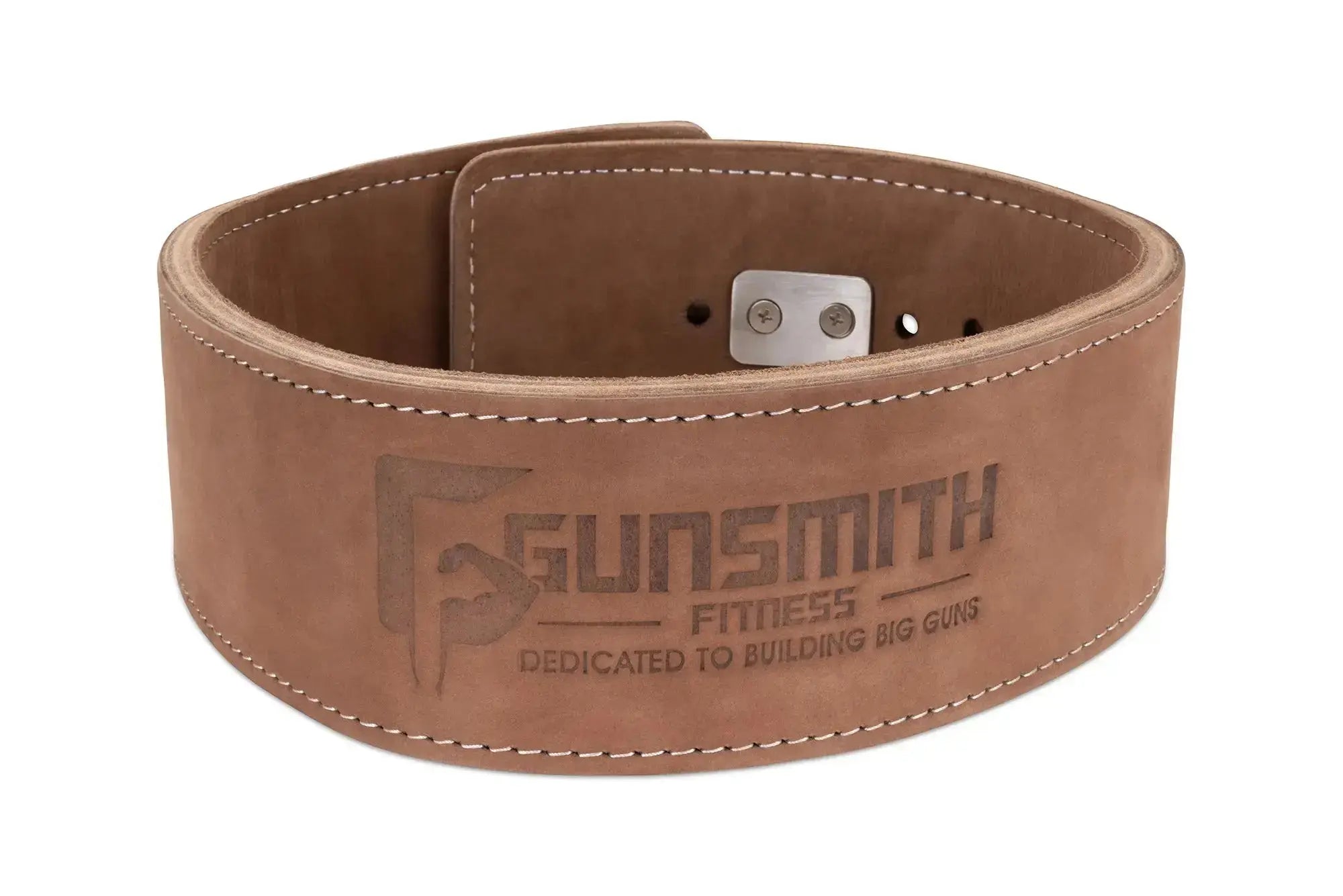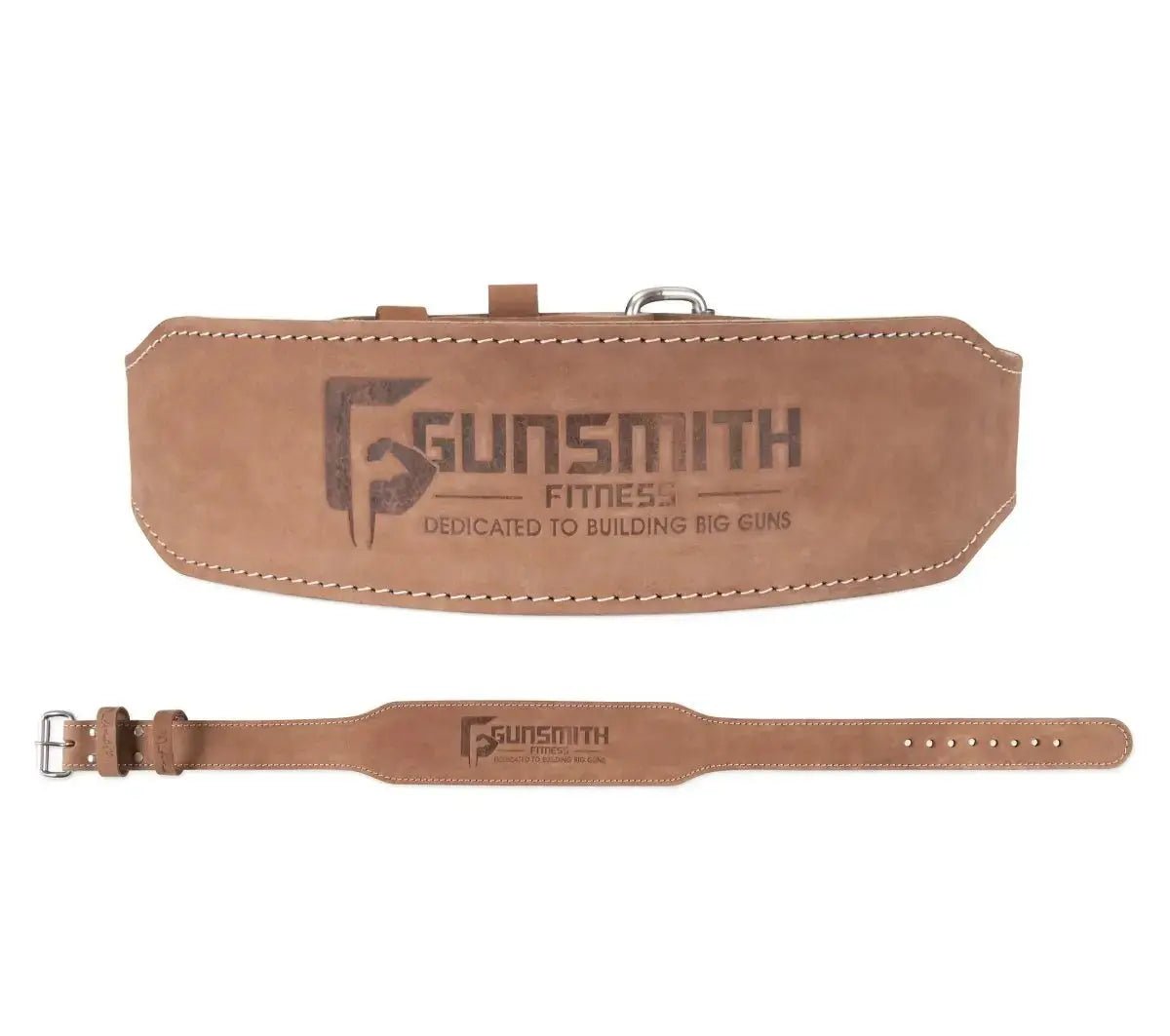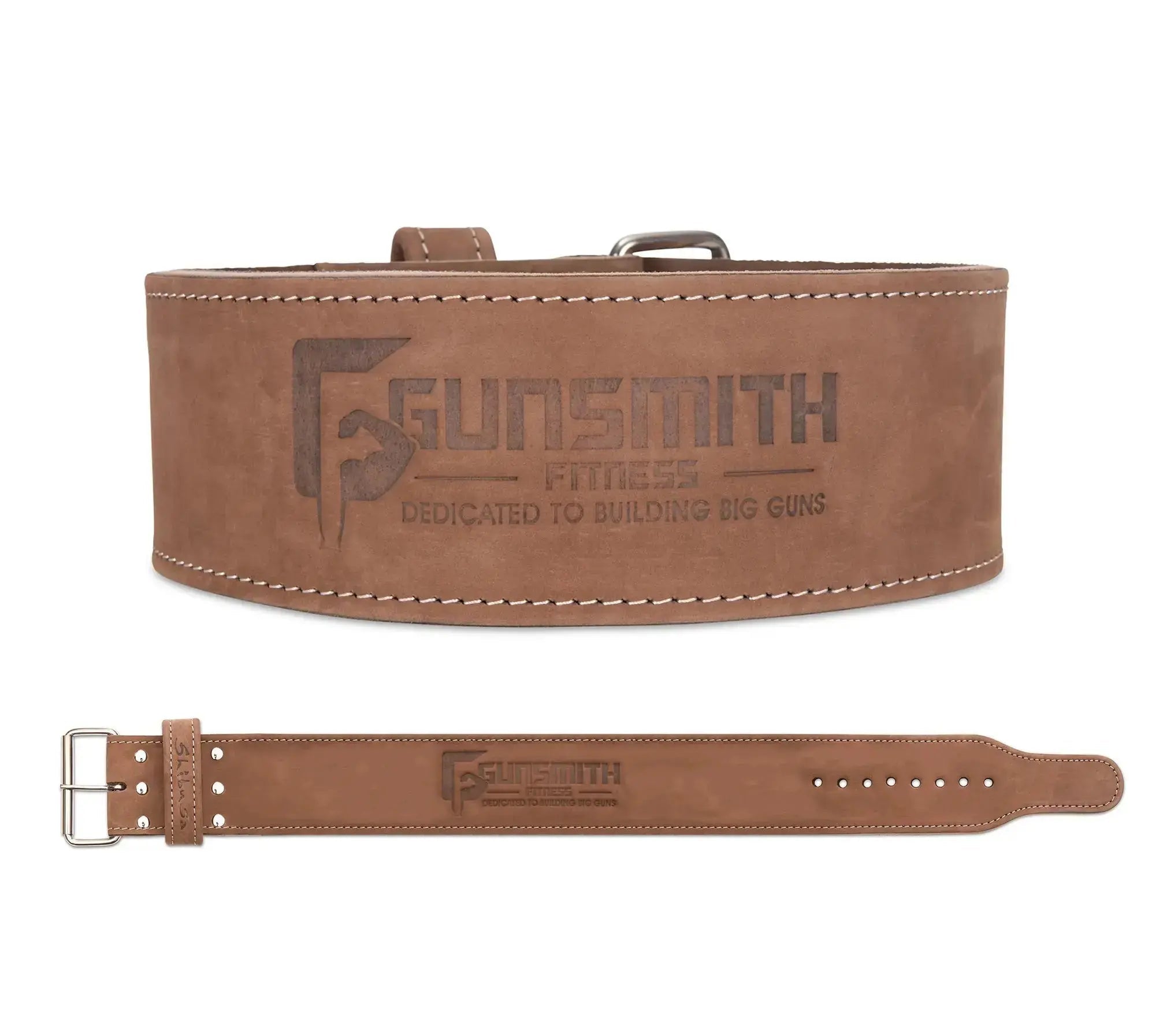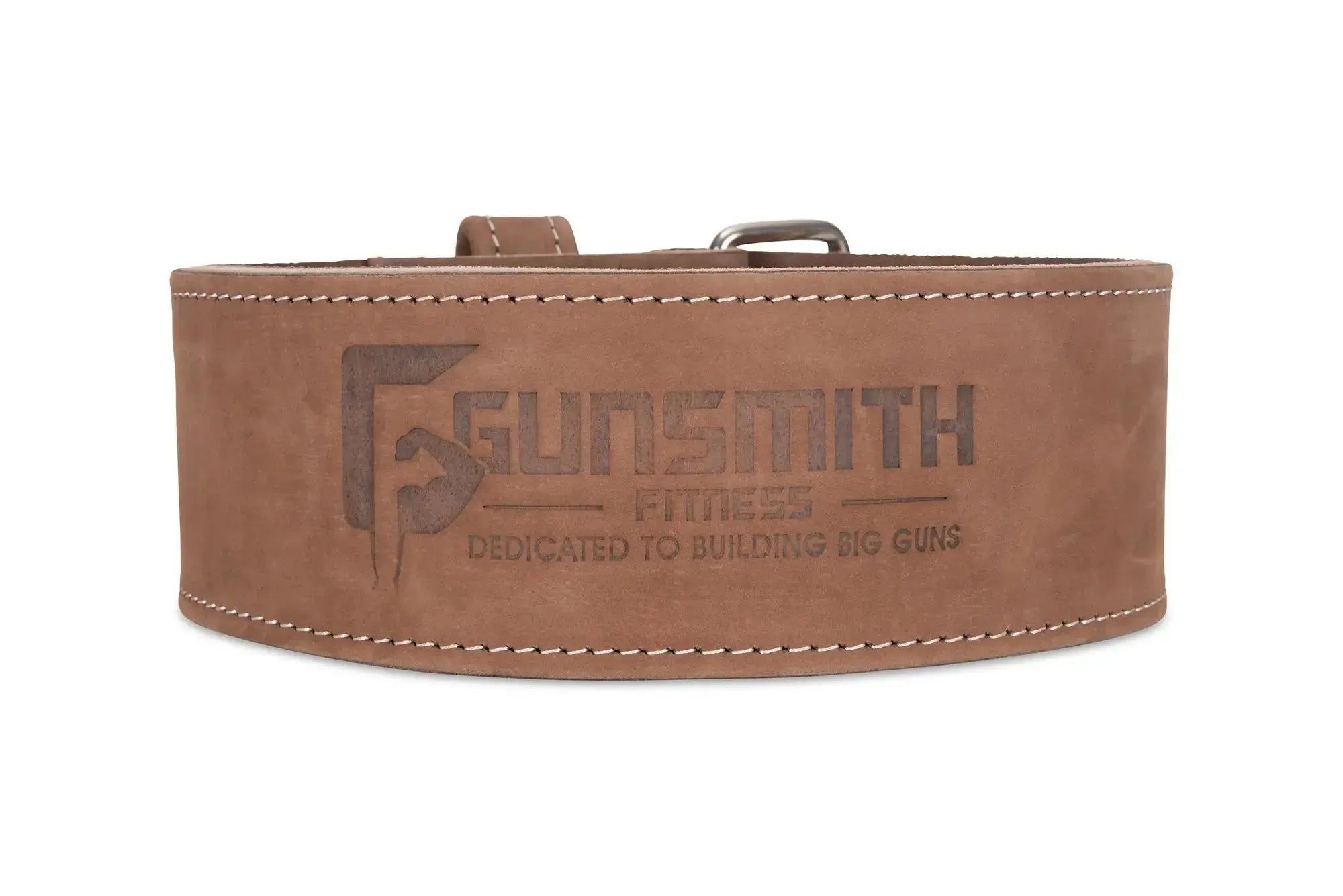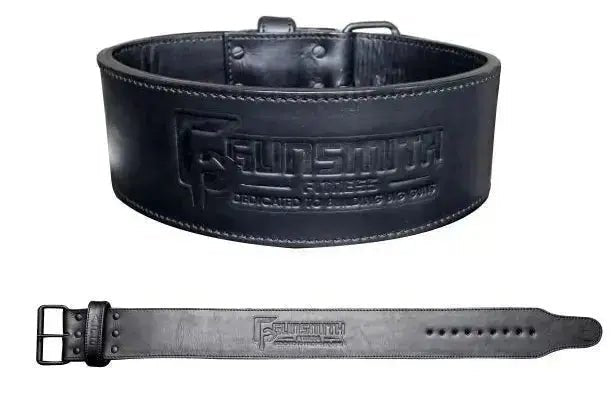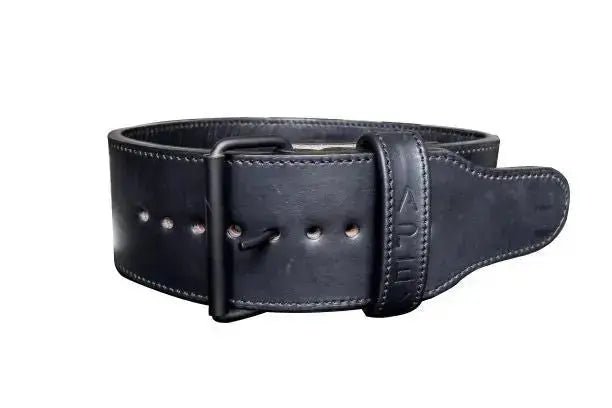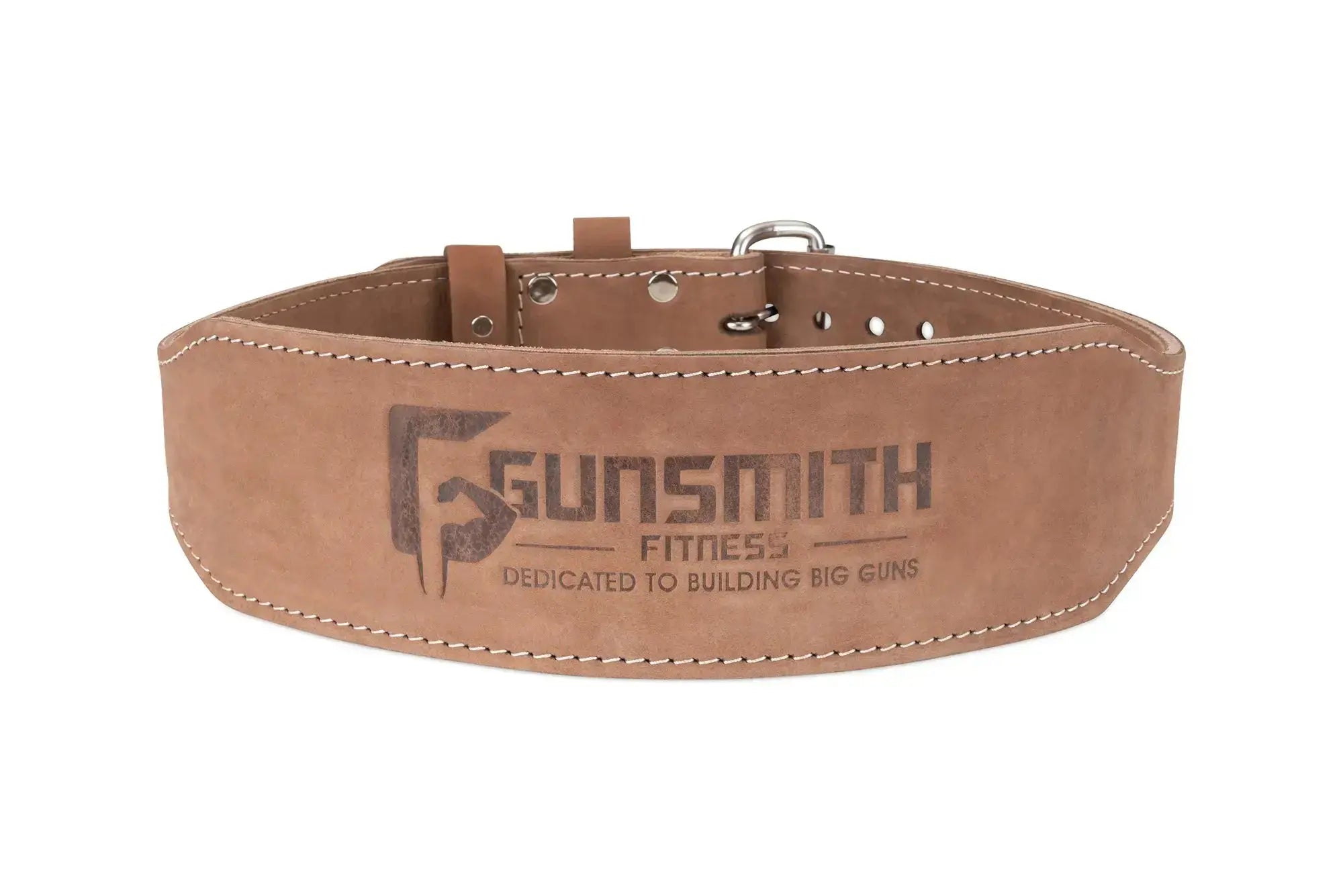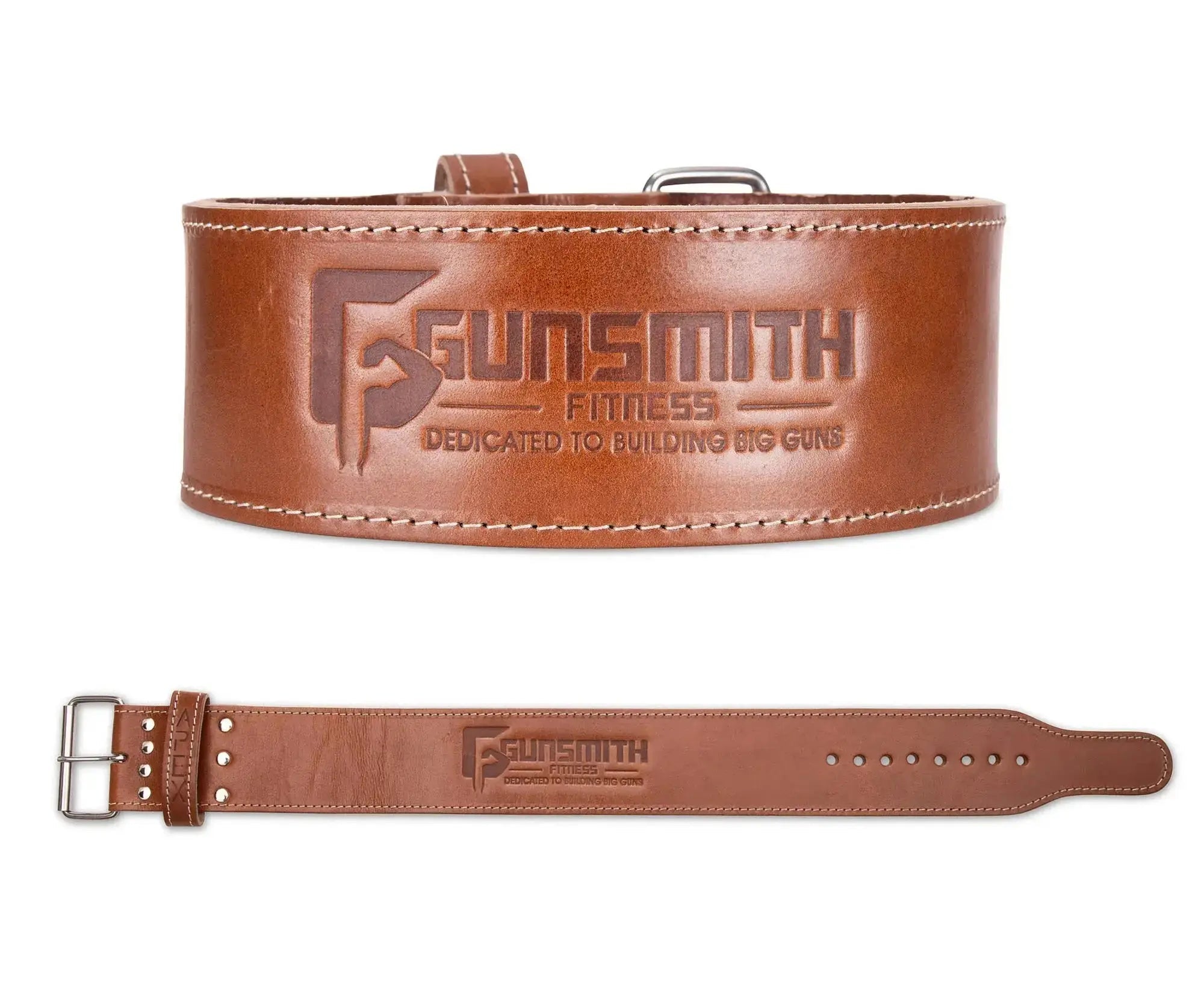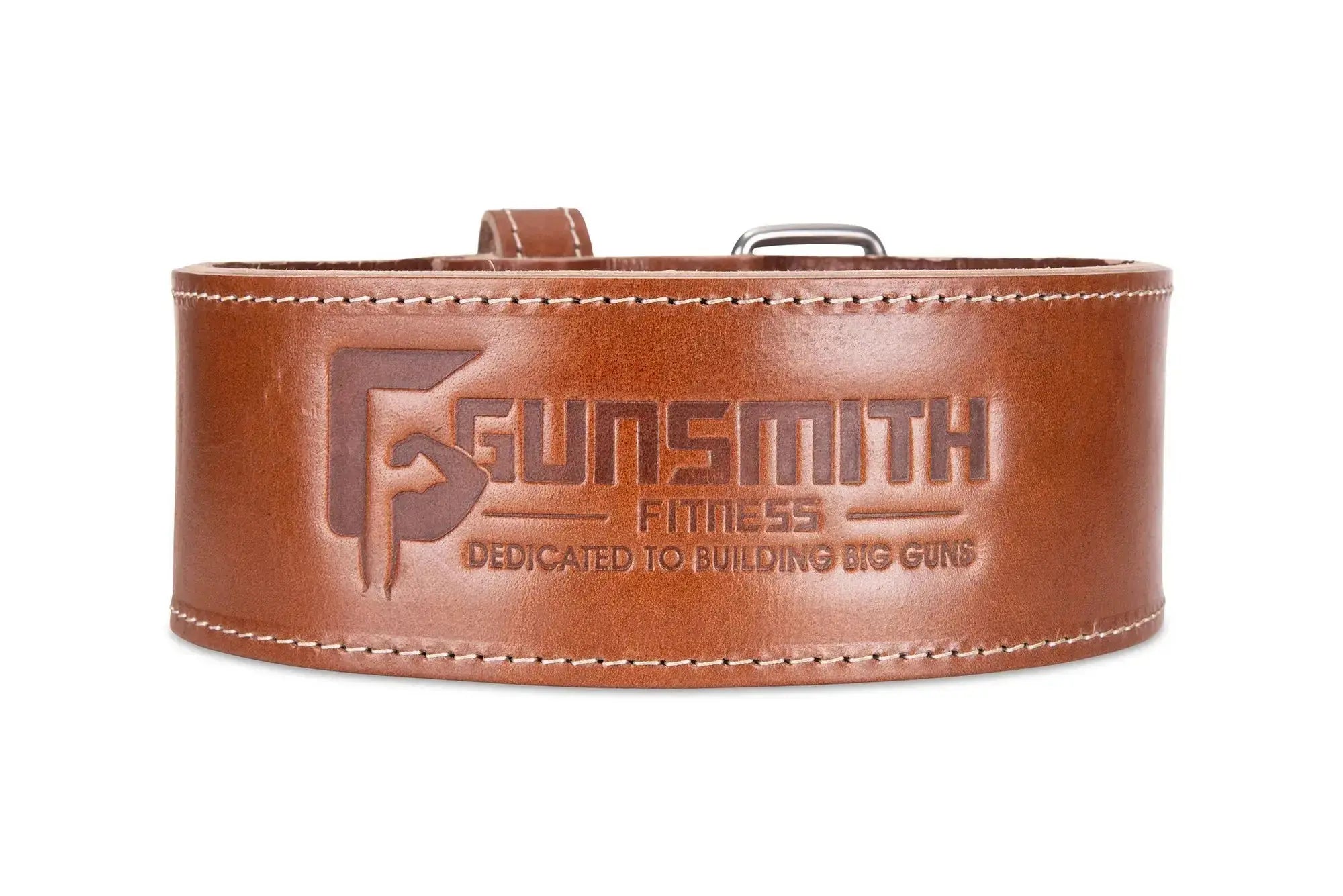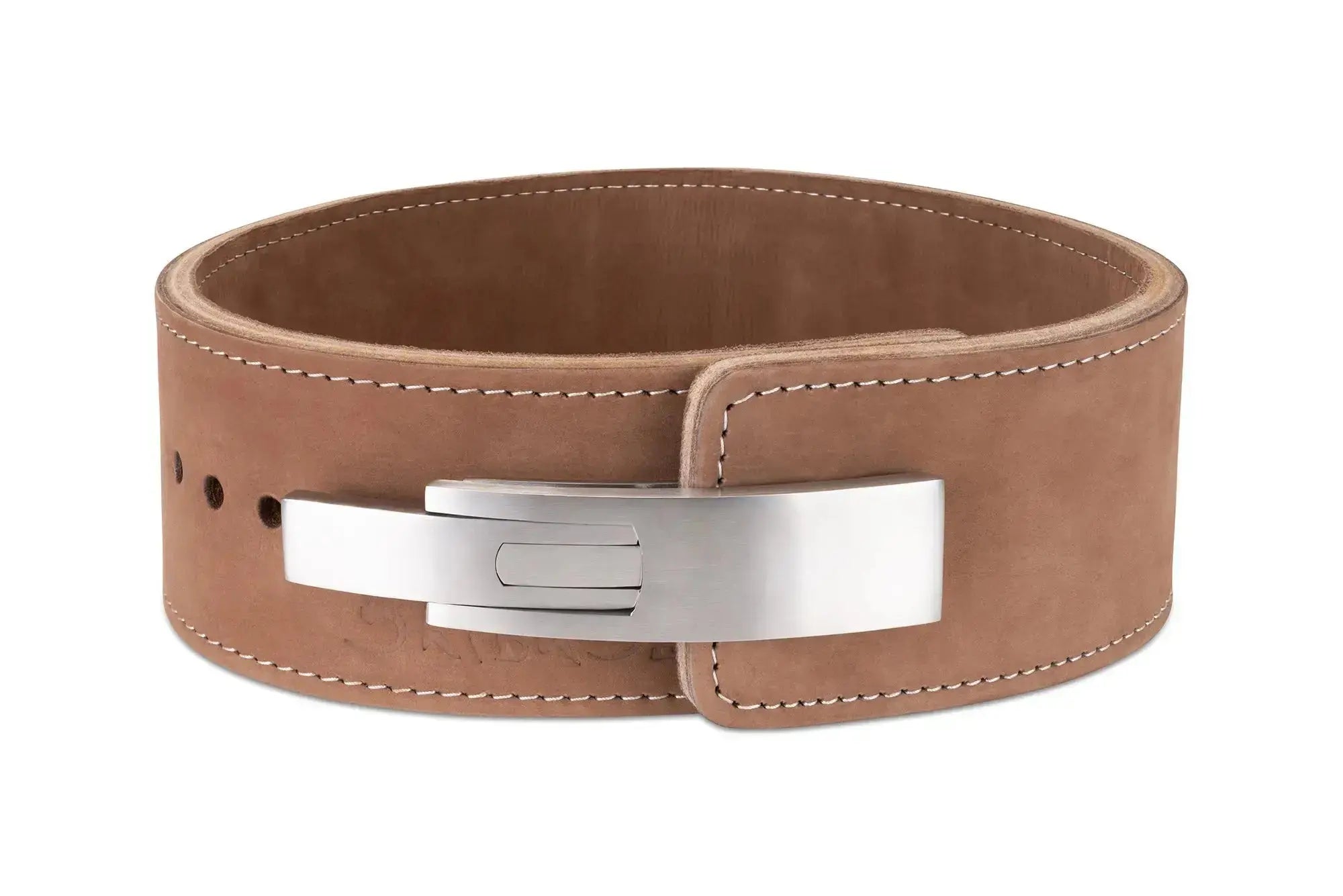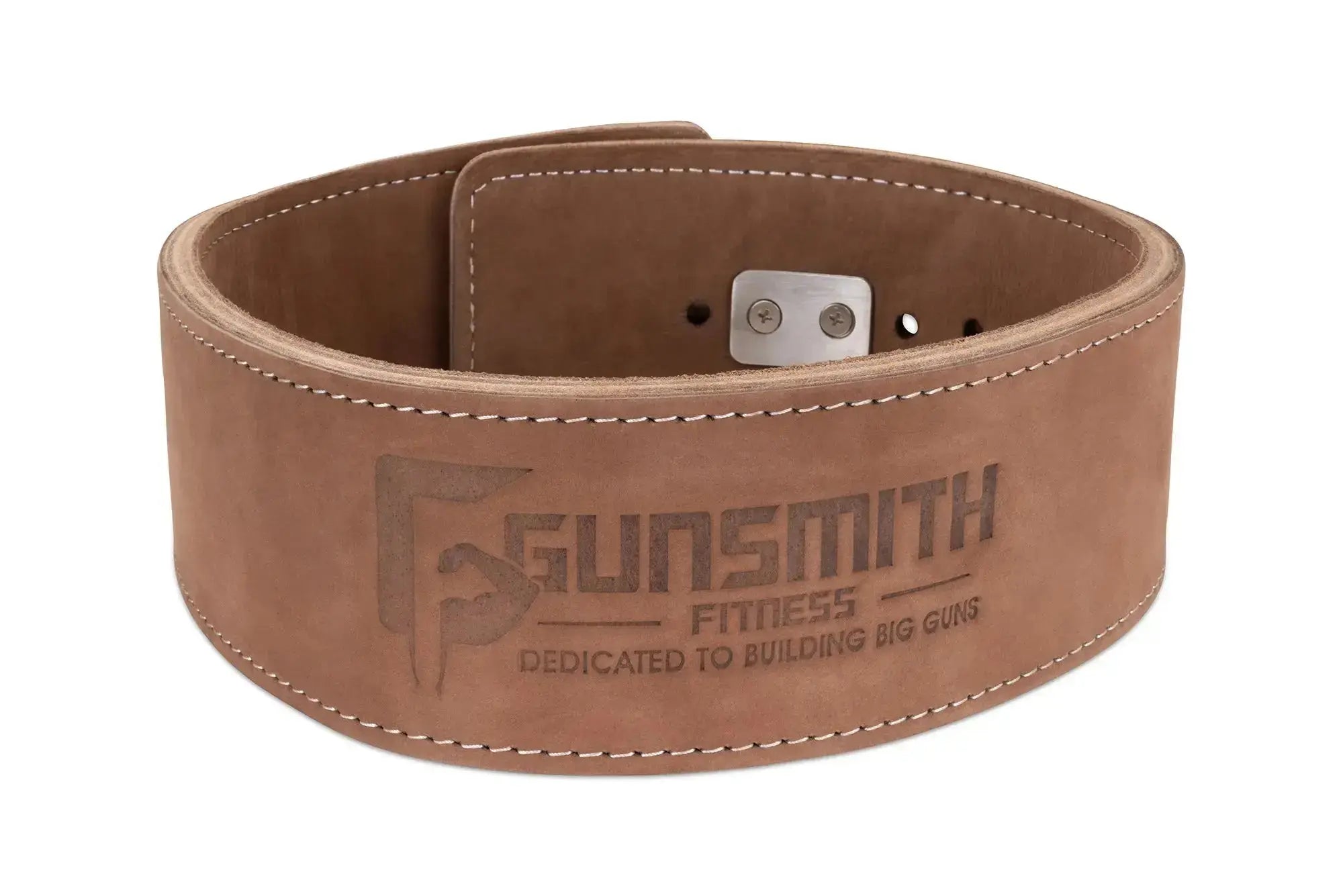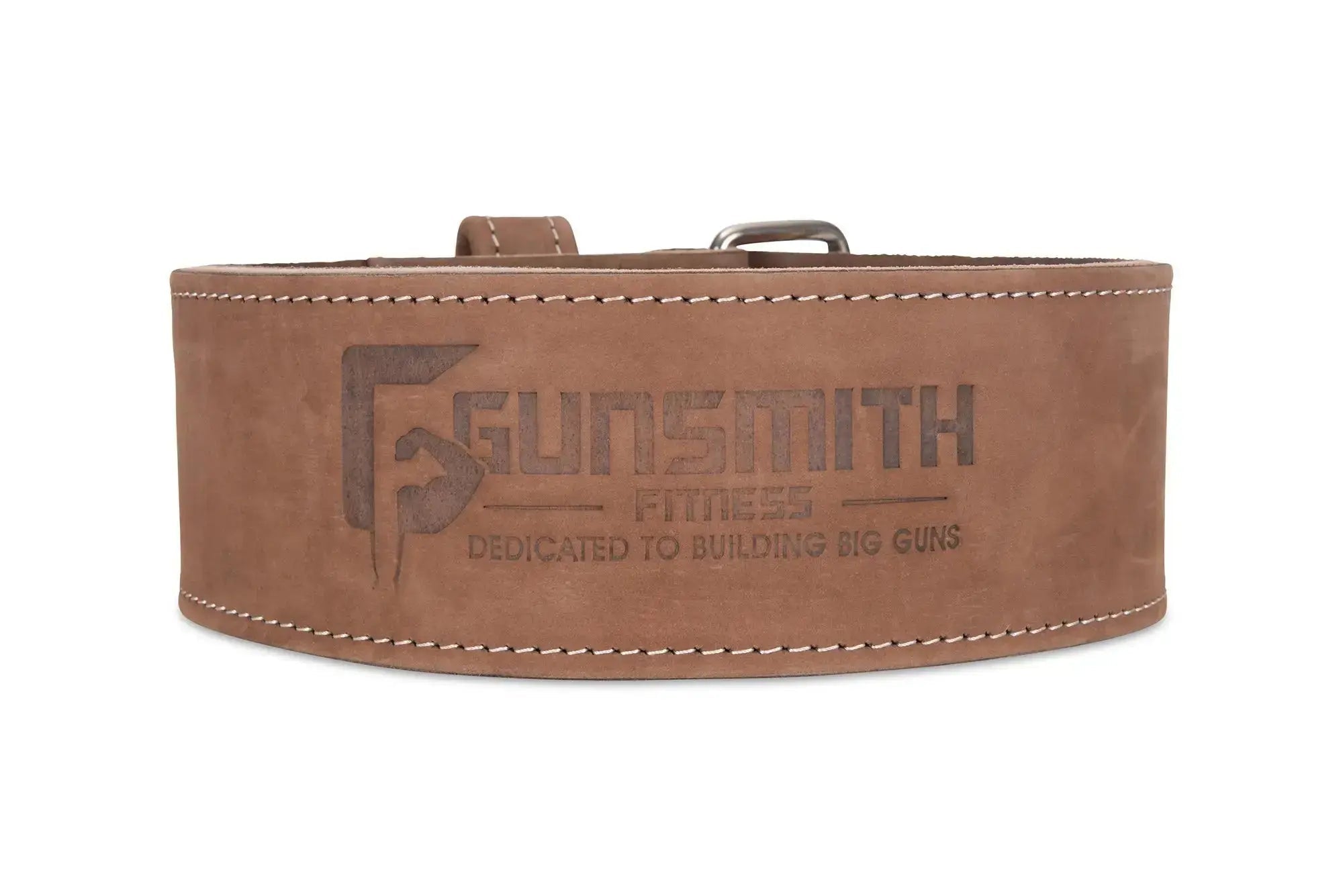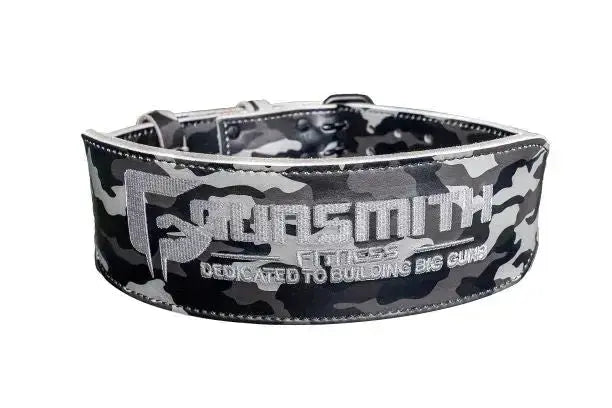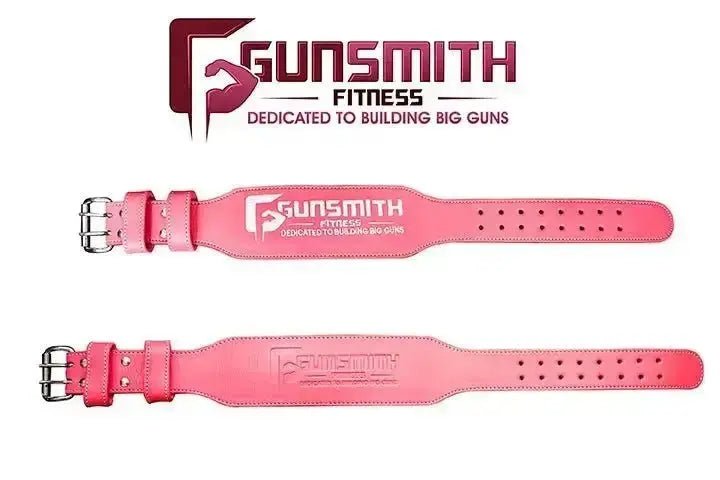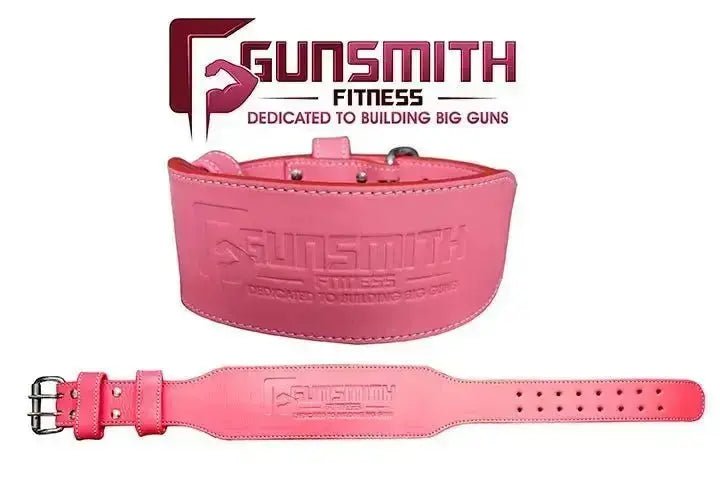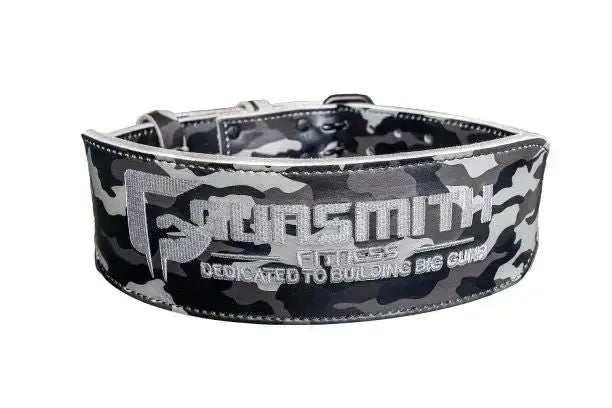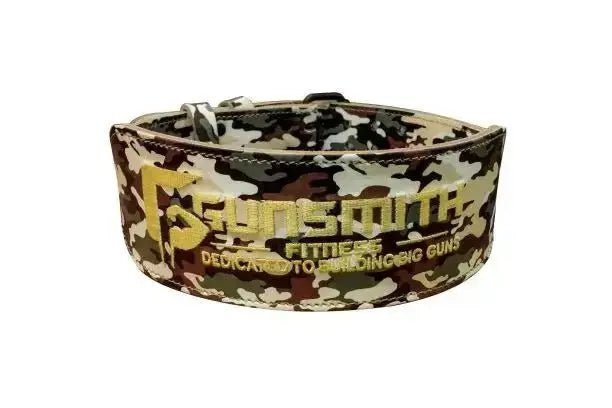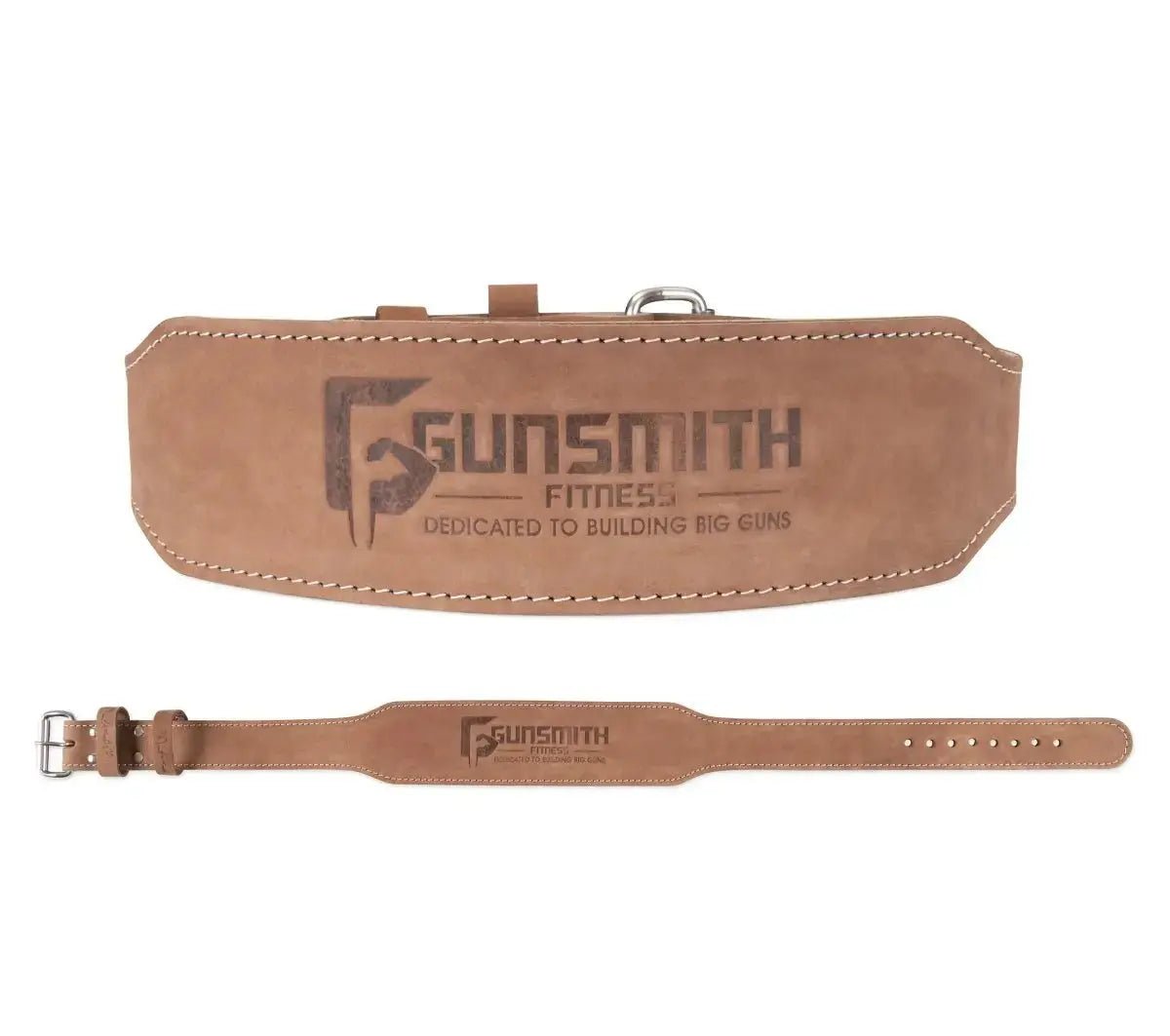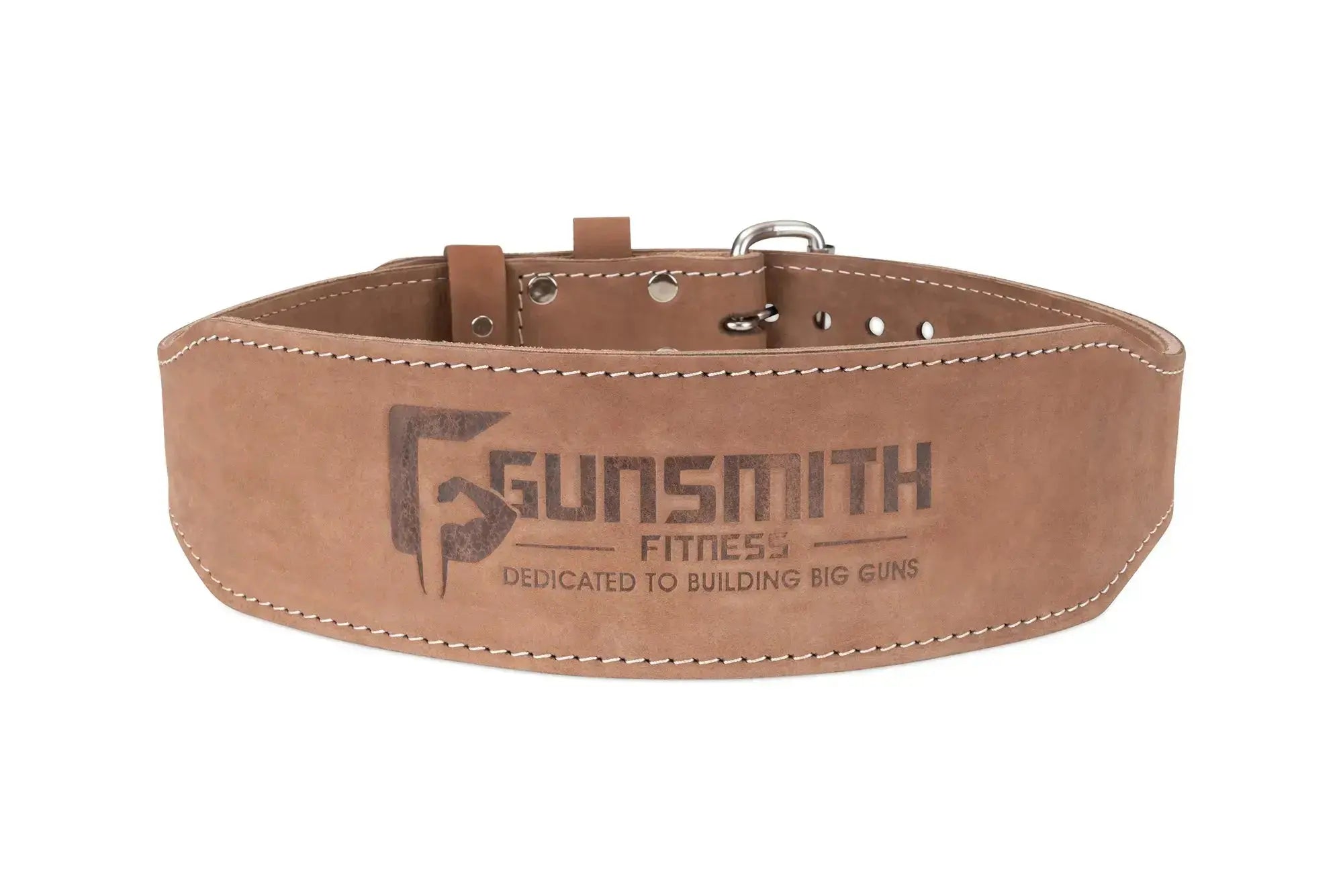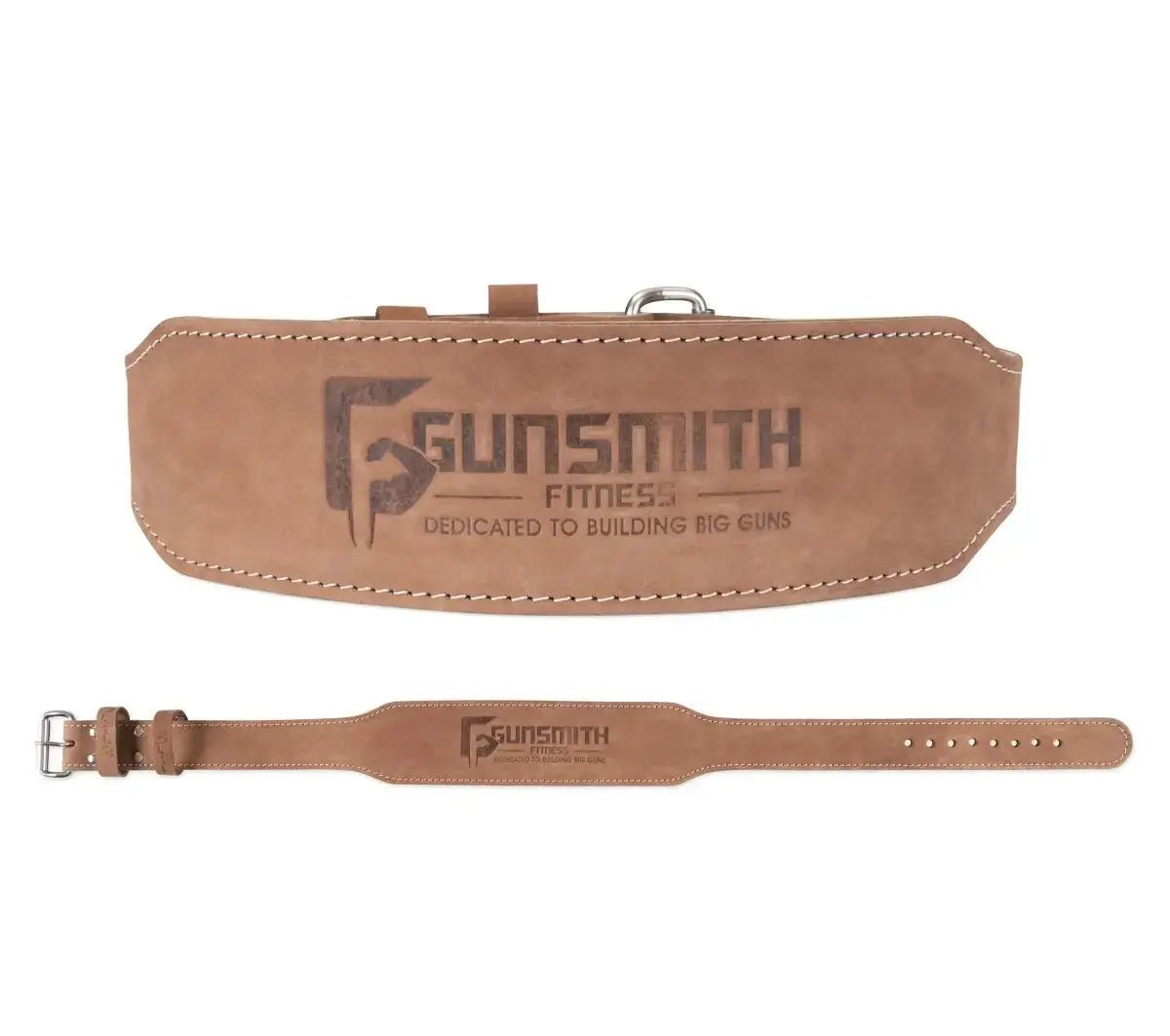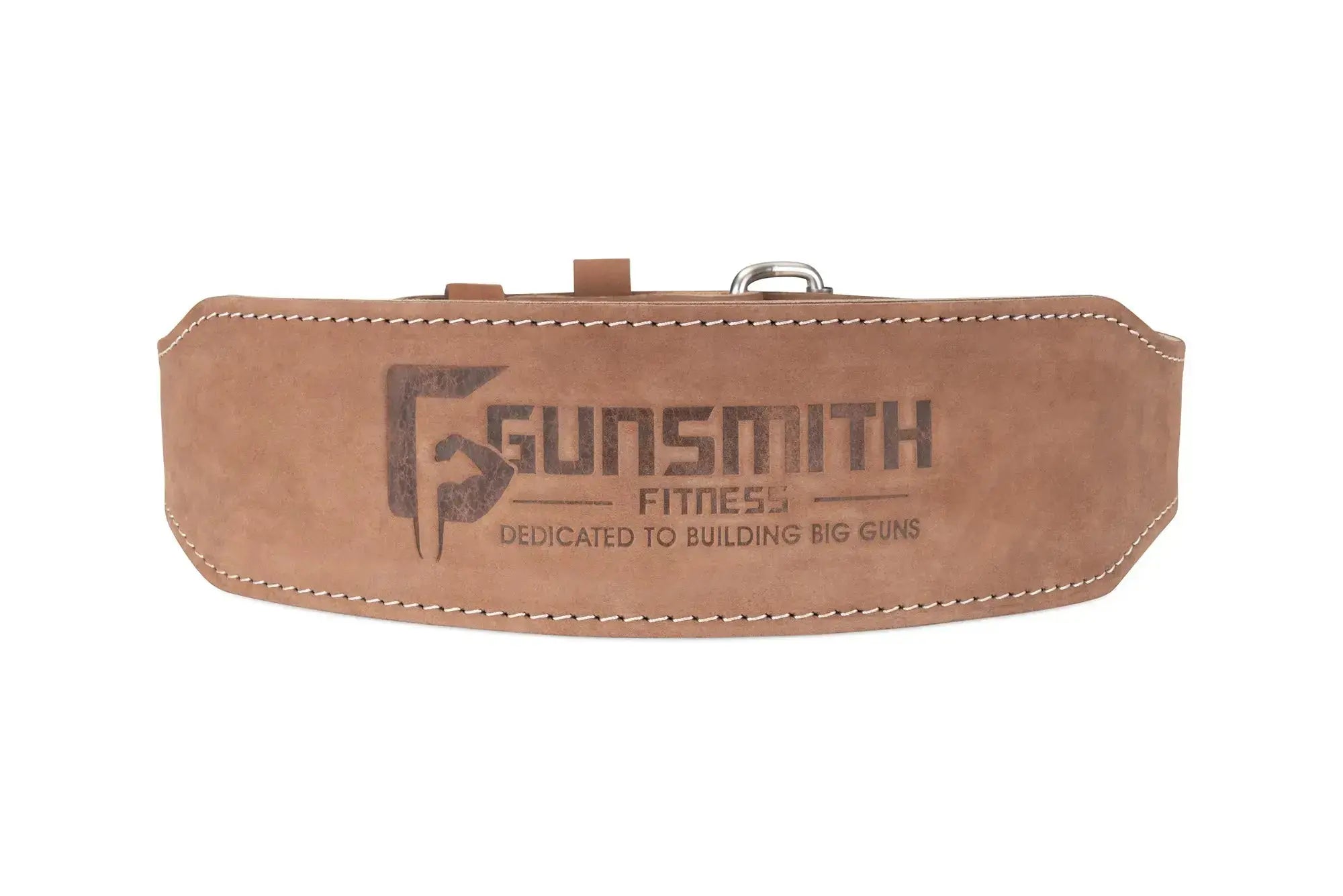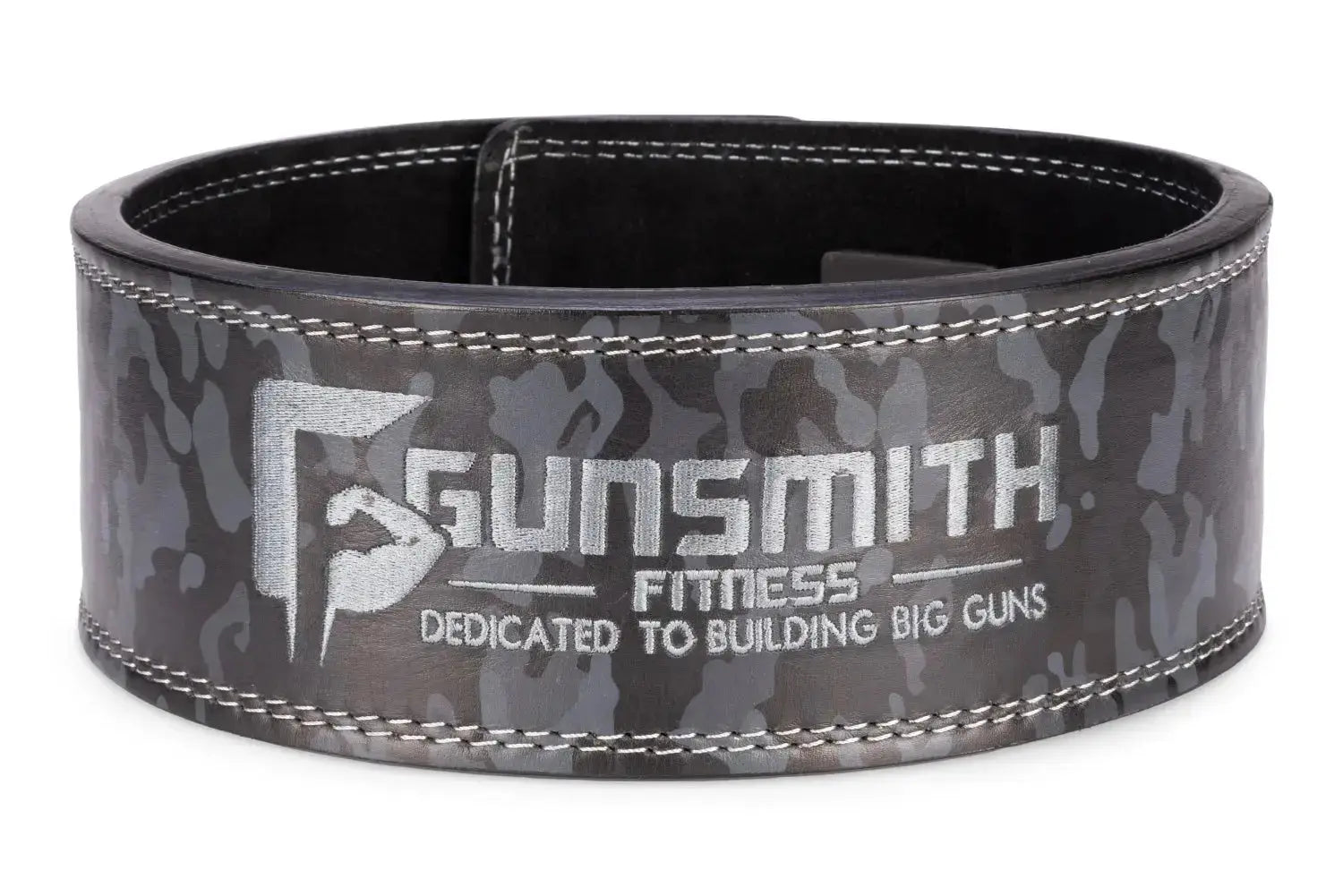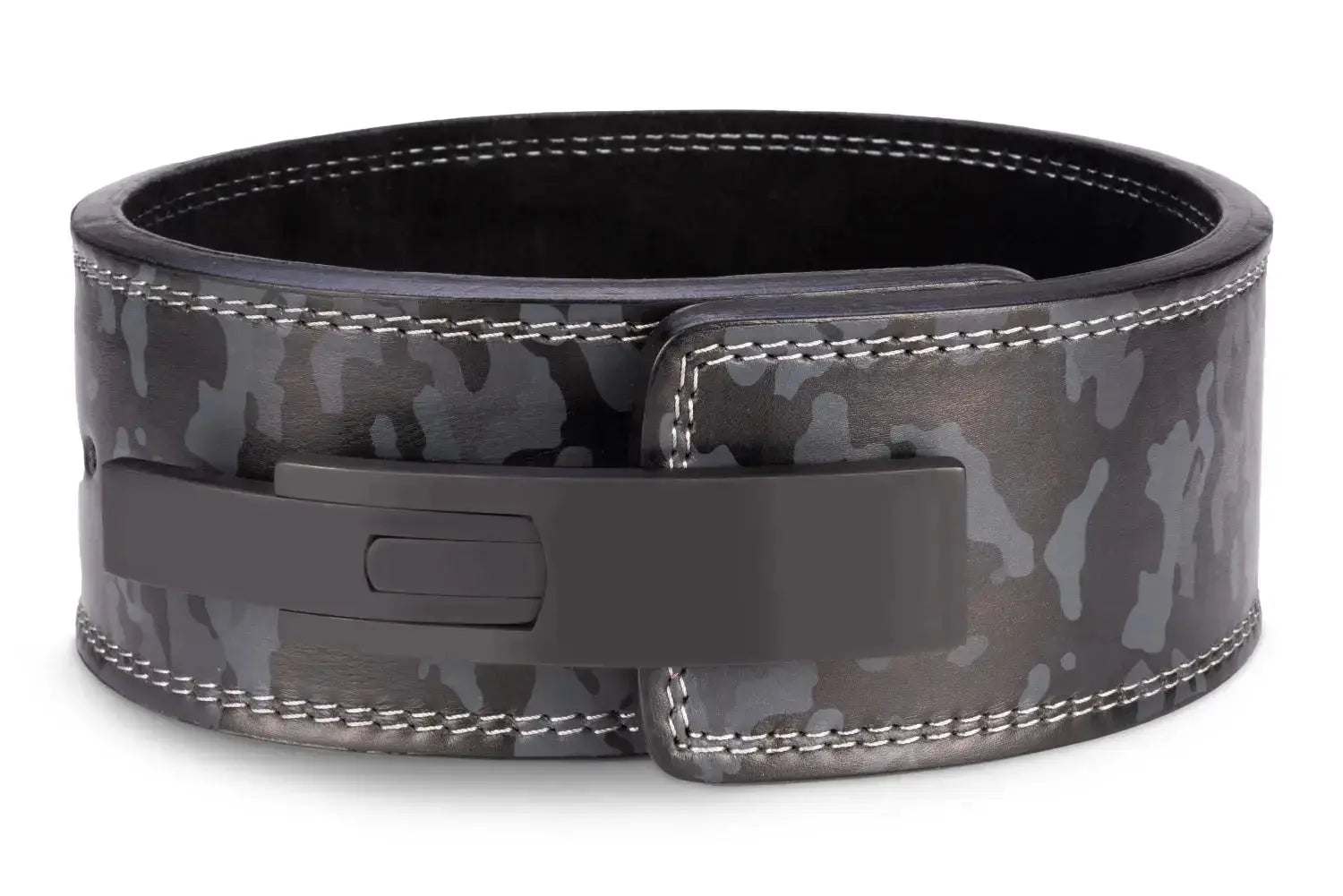Back belts for lifting provide crucial support for weightlifters of all levels, helping to stabilize your core and reduce strain during heavy lifts. At Gunsmith Fitness, our collection features handmade leather lifting belts in various styles, including 10mm lever belts, single prong designs, and powerlifting-specific options to enhance your performance and safety during training sessions.
Filters
Choosing the Right Weightlifting Belt for Your Training
Types of Lifting Belts for Different Training Styles
Our selection of weightlifting belts at Gunsmith Fitness caters to various lifting disciplines and personal preferences. Understanding the differences can help you make an informed choice:
Powerlifting Belts
The Apex 4 Inch Black Powerlifting Belt delivers strong support for competitive powerlifters. These belts are made with good rigidity to increase intra-abdominal pressure during squats, deadlifts, and other heavy compound movements. The uniform 4-inch width provides consistent support around your entire midsection.
Our lineup even includes specialized deadlifting belts designed to lock in your core during heavy pulls, as well as premium lever lifting belts for rapid, repeatable tension and release.
Olympic Lifting Belts
For Olympic weightlifters requiring greater mobility, the Apex 4 Inch Olympic Belt offers a good balance of support and flexibility. These belts typically taper toward the front, allowing for better range of motion during dynamic lifts while still providing necessary back support.
Lever vs. Prong Buckles
- Lever Belts: The Shibusa Brown Leather Lever Belt and Apex 4 Inch Brown Powerlifting Lever Belt offer consistent tightness with a quick-release mechanism, ideal for maintaining the same tightness throughout your training session.
- Prong Belts: Options like our Single Prong and Double Prong designs provide easy adjustability between sets and exercises when you need varying levels of support.
For a bit of personality in your training gear, don’t miss our selection of cute lifting belts––all the support of a serious belt wrapped in eye-catching designs.
Benefits of Using a Quality Lifting Belt
A properly fitted weightlifting belt delivers several key advantages:
- Creates a rigid wall for your core to push against, increasing intra-abdominal pressure
- Stabilizes your spine during heavy lifts, reducing the risk of injury
- Provides feedback for proper bracing technique
- Helps you lift heavier loads with improved stability and confidence
The belt should be tight enough to provide support without restricting breathing or movement. Position it correctly around your waist, covering your lower back and core during heavy lifts.
Premium Materials for Lasting Performance
Our Shibusa and Apex collections feature handmade belts crafted from quality leather that stands up to years of heavy training. The vegetable-tanned leather provides good support and durability, while options like our Camo Apex 4 Inch Lifting Belt offer unique style choices.
For those seeking personalized equipment, our Bespoke Custom Weightlifting Belts allow you to create a belt that's uniquely yours, with custom designs including popular themes like Dragon Ball Z, Naruto, and Demon Slayer.
Choose Gunsmith Fitness for reliable support that helps you achieve your strength training goals safely and effectively.
Frequently Asked Questions
Measure around your waist at navel level and select a belt size that allows for 2-3 holes of adjustment. Most lifters wear their belt at the same waist measurement as their pants.
10mm belts offer good support with some flexibility, making them versatile for most lifts. 13mm belts provide maximum rigidity, preferred by competitive powerlifters for maximum core stabilization.
Yes, a 4-inch uniform width belt works well for both exercises, though some lifters prefer a tapered front for deadlifts to allow better hip positioning.
Your belt should be snug enough to create resistance for your core to brace against, but loose enough to allow full breathing and a proper bracing technique.
Leather belts typically provide more rigid support for maximum lifts, while nylon belts offer more flexibility for dynamic movements and can be more comfortable for beginners.


